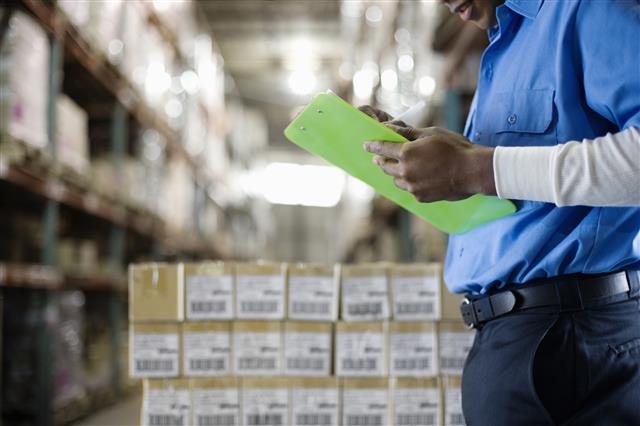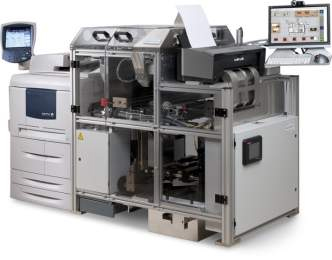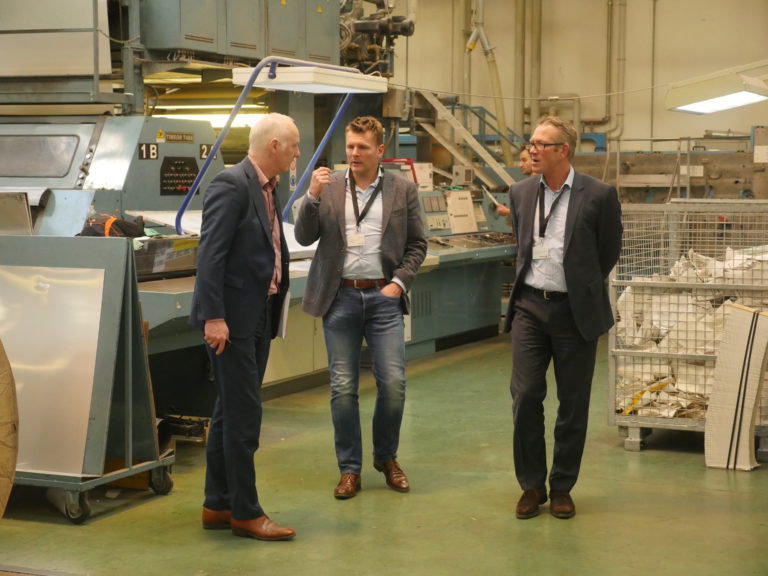
In the 1970’s a company by the name of Cameron came to market with a mono print solution called the Cameron Belt Press. This roll-to-adhesive bound book solution started a series of events in the trade book business that eventually reinvented the entire supply chain.
The Cameron Press influenced a new platform of narrow web offset presses in mono and two color: which led to standardized trim sizes, less expensive trade books at lower volumes, enabled publishers to bring more books to market, and provided economics that eventually changed trade publishing which in turn changed the retail channel which led to mall stores then super stores and eventually Amazon. No one saw this amount of supply chain change when the Cameron Belt Press started out in the early 70’s.
As we start 2015, it appears that the Book Supply Chain is undergoing this magnitude of change once again. Production Inkjet Technology is the Cameron Press of this wave of change. What will this new book supply chain look like? What will be the unanticipated consequences and changes? What might be the next unforeseen opportunity?
If you assume that Production Inkjet Technology is going to get better, less expensive, and more flexible, then here are some of the potential changes;
- The number of large centralized offset book printers will shrink dramatically. The recent RRD / Courier deal is a seminal event in this restructuring.
- All book printing will become more distributed, regardless of segment enabled by Production Inkjet technology. This will mean faster time to market, less inventory risk, and more targeted distribution.
- While the centralized book print world shrinks, the distributed print world will grow. Global Book Publishers will centralize their production planning and global print networks. Distributed print platforms will enable more efficient global print management. Publishers will centrally create a multi geography P.O. to meet the global requirements of a title and execute on a distributed print basis. This will reduce shipping costs, eliminate customs logistics, improve time to market, and reduce impact from currency instability.
If you are a book printer today, anywhere in the world, you need to look at this picture and imagine where you will fit. Would a Production Inkjet solution enable you to offer profitable solutions in the space you choose? Could you survive without one? What other changes to the Book Supply Chain will be enabled by these potential moves that are not evident today? Will there be another Barnes and Noble or Amazon that will arise on the retail side as Publishers change their go-to-market process and customer engagement practices?
The changes are coming as they did after the Cameron Belt Press came to market over 40 years ago. They are just coming faster.
If you are a solution provider in the Book Supply Chain today will you be one in the changed world of tomorrow? This wave is moving very quickly and opportunities are here today and gone tomorrow. Just ask Timson or Quad.
If you have not yet picked a lane you better move quickly before circumstances makes the choice for you.



